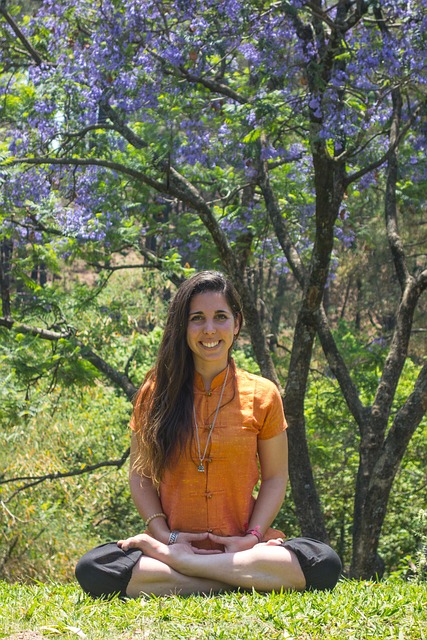Creating a safe, supportive environment is paramount in Longmont Autism Spectrum Disorder (ASD) group therapy. This involves clear boundaries, open communication, and respect for all individuals' unique needs and perspectives. Facilitators encourage self-expression, build trust, and prioritize self-care to foster meaningful connections and personal growth. Techniques like Mindfulness Meditation enhance stress management, while Cultural Sensitivity ensures inclusive therapeutic practices within Longmont ASD Therapy settings.
Mental wellness group facilitation is a powerful tool for fostering healing and connection. In this guide, we explore effective techniques for creating supportive environments where individuals can thrive. From establishing safe spaces in Longmont Autism Spectrum Disorder (ASD) communities to facilitating engaging discussions, these strategies empower facilitators to make a tangible difference. Learn how to build camaraderie, implement evidence-based interventions like cognitive-behavioral therapy and mindfulness practices, ensuring every member feels heard and supported on their journey towards mental wellness.
- Establishing a Safe and Supportive Environment
- – Creating a welcoming atmosphere for group members
- – Setting clear boundaries and expectations
Establishing a Safe and Supportive Environment

Creating a safe and supportive environment is a cornerstone of effective group facilitation, especially when working with individuals on the autism spectrum in Longmont Autism Spectrum Disorder Therapy settings. This involves establishing clear boundaries and rules from the outset, ensuring every participant feels heard, respected, and valued. Facilitators should encourage open communication while maintaining confidentiality to foster trust among members. The space must be free from judgment, allowing individuals to express their thoughts and feelings without fear of criticism or ridicule.
Incorporating self-care practices for both facilitators and participants is vital. Mental health professionals conducting such groups should engage in regular risk assessments to mitigate potential triggers and ensure their well-being. This supportive framework facilitates a sense of belonging, encouraging active participation and meaningful interactions. By prioritizing safety and support, facilitators create an ideal environment for personal growth, skill development, and the cultivation of social connections within the group.
– Creating a welcoming atmosphere for group members

Creating a welcoming atmosphere is paramount for facilitating effective group therapy sessions, especially when focusing on mental wellness for individuals with Longmont Autism Spectrum Disorder Therapy (ASD). Group members should feel safe and comfortable sharing their experiences, fears, and insights without fear of judgment or ridicule. Facilitators can cultivate this environment by fostering open communication, ensuring confidentiality, and encouraging active participation from every member. Incorporating techniques like Mindfulness Meditation can help individuals manage stress and anxiety, making them more receptive to group interactions.
Additionally, promoting a non-threatening space involves recognizing and respecting the unique perspectives and challenges each person brings. This might include diversifying activities and discussions to cater to various communication styles and interests. By implementing these strategies, facilitators can build trust and encourage meaningful connections among group members, thereby enhancing overall therapeutic outcomes for those navigating ASD and related mental health concerns.
– Setting clear boundaries and expectations

In facilitating mental wellness groups, especially for individuals with conditions like Longmont Autism Spectrum Disorder Therapy, establishing well-defined boundaries and expectations is paramount. This involves creating a safe and structured environment where every participant feels heard, respected, and understood. Facilitators should clearly communicate group rules, ensuring all members grasp the importance of confidentiality, active participation, and mutual support. By setting these boundaries, facilitators foster an inclusive atmosphere that encourages open dialogue and promotes healing.
The design of Mental Health Education Programs should incorporate these boundary practices to enhance overall therapy outcomes. Moreover, Cultural Sensitivity in Mental Healthcare Practice is integral to this process, as it ensures that group dynamics cater to diverse backgrounds, experiences, and perspectives. This sensitivity not only respects individual differences but also adapts therapeutic techniques to be more accessible and effective for all participants.
Group facilitation techniques, especially in contexts like Longmont Autism Spectrum Disorder Therapy, heavily rely on creating safe and supportive environments. By fostering welcoming atmospheres and establishing clear boundaries, facilitators can enhance group members’ mental wellness. These strategies not only promote open communication but also ensure every individual feels valued and understood, ultimately revolutionizing therapy sessions for better outcomes.














